Home>Furniture & Design>Interior Design Trends>Why Do Energy Drinks Break Glass
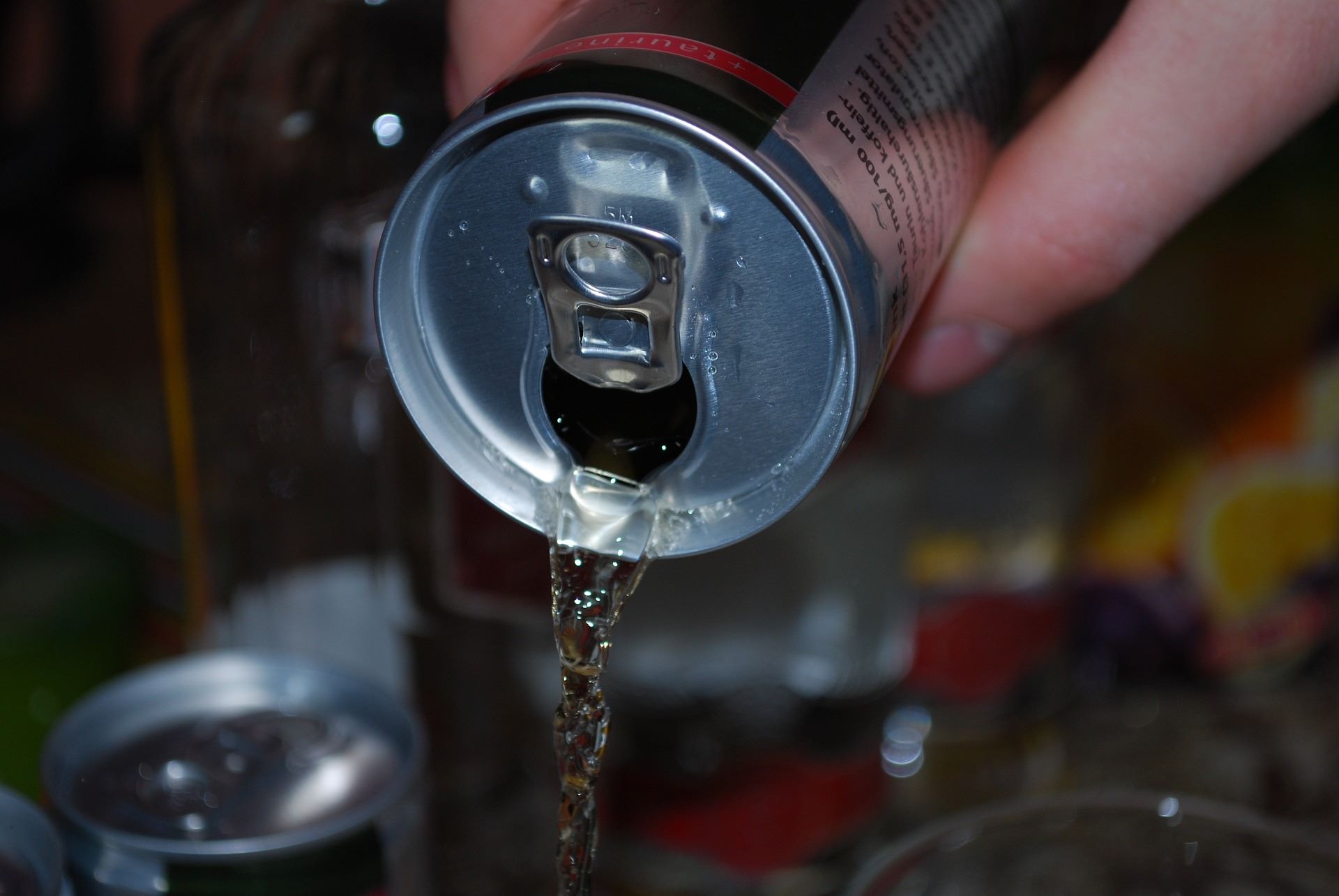

Interior Design Trends
Why Do Energy Drinks Break Glass
Published: February 5, 2024
Discover the impact of energy drinks on glass and explore the latest interior design trends. Uncover the connection between energy drinks and glass breakage.
(Many of the links in this article redirect to a specific reviewed product. Your purchase of these products through affiliate links helps to generate commission for Storables.com, at no extra cost. Learn more)
Introduction
Energy drinks have become a popular choice for many individuals seeking a quick boost of energy to power through their day. Whether it's to stay awake during a late-night study session or to combat fatigue during a long workday, the appeal of these beverages is undeniable. However, have you ever wondered why energy drinks are often packaged in cans rather than glass bottles? The answer lies in the unique properties of energy drinks and the potential impact they can have on different materials, including glass.
In this article, we will delve into the intriguing science behind energy drinks and explore the factors that make them capable of breaking glass. From the ingredients that give these beverages their characteristic fizz to the role of temperature and acidity, we will uncover the fascinating reasons behind this phenomenon. By gaining a deeper understanding of the science behind energy drinks, we can appreciate the complexities at play and the potential effects they may have on the materials they come into contact with.
So, grab your favorite energy drink, and let's embark on a journey to unravel the mysteries behind why these potent beverages have the surprising ability to break glass.
Key Takeaways:
- Energy drinks can break glass due to their fizzy carbonation, high acidity, and sugar content. These factors create pressure and weaken glass, leading to unexpected interactions.
- Fluctuations in temperature can also impact energy drinks’ interaction with glass, potentially increasing internal pressure and causing stress on the glass.
Read more: Why Do Jews Break Glass
The Science Behind Energy Drinks
Energy drinks are formulated with a unique combination of ingredients designed to provide a rapid boost of energy. At the heart of these beverages lies a blend of stimulating compounds that work synergistically to invigorate the body and mind. One of the key components contributing to the captivating appeal of energy drinks is their carbonation. The infusion of carbon dioxide gas creates the characteristic fizz and effervescence that sets energy drinks apart from other beverages.
The carbonation process begins with the dissolution of carbon dioxide in the liquid, resulting in the formation of carbonic acid. This reaction not only contributes to the refreshing mouthfeel of energy drinks but also plays a crucial role in their potential to interact with materials such as glass. The presence of carbonic acid in carbonated beverages introduces a level of acidity that can influence the reactivity of certain substances, including glass.
In addition to carbonation, the high sugar content found in many energy drinks adds another dimension to their composition. The sweet taste and energizing effects of sugar make it a fundamental component of these beverages. However, the combination of sugar and acidity can create a potent concoction that has the potential to affect the structural integrity of glass. The acidic nature of energy drinks, coupled with the presence of sugars, can contribute to the corrosive properties that may lead to unexpected interactions with glass surfaces.
Furthermore, the temperature at which energy drinks are stored and consumed can also play a significant role in their interaction with glass. Changes in temperature can impact the behavior of substances, potentially influencing their reactivity and the way they interact with their surroundings. When energy drinks are exposed to fluctuations in temperature, the dynamics of their chemical composition and physical properties may be altered, potentially affecting their compatibility with glass containers.
By delving into the intricate science behind energy drinks, we gain valuable insights into the factors that contribute to their unique characteristics and potential interactions with materials such as glass. The combination of carbonation, sugar, acidity, and temperature creates a compelling narrative that sheds light on the captivating nature of these beverages and their intriguing ability to impact the world around them.
The Impact of Carbonation
The presence of carbonation in energy drinks plays a pivotal role in shaping their distinctive characteristics and potential interactions with various materials, including glass. Carbonation, achieved through the infusion of carbon dioxide gas, gives energy drinks their effervescent quality and refreshing fizz. This process involves the dissolution of carbon dioxide in the liquid, leading to the formation of carbonic acid. The resulting carbonic acid contributes to the overall acidity of the beverage, which can have significant implications for its reactivity with other substances.
The acidity stemming from carbonation is a key factor in understanding the potential impact of energy drinks on glass. Carbonic acid, formed as a byproduct of carbonation, introduces a level of acidity that can influence the behavior of materials it comes into contact with. Glass, despite its durable and inert nature, can be susceptible to the corrosive effects of acidic substances. When energy drinks, laden with carbonic acid, interact with glass surfaces, the potential for chemical reactions arises. This interaction can lead to the weakening of the glass structure, making it more prone to fractures and breakage.
Furthermore, the carbonation process contributes to the release of carbon dioxide gas within the beverage. This release of gas creates internal pressure within the sealed container, adding to the overall stress exerted on the container's walls. When energy drinks are packaged in glass bottles, the combination of carbonation and internal pressure can exert significant force on the glass, potentially leading to structural weaknesses and, in extreme cases, breakage.
The interplay between carbonation and glass surfaces unveils a fascinating dynamic that underscores the intricate relationship between energy drinks and the materials they come into contact with. The impact of carbonation extends beyond the sensory experience of consuming these beverages, delving into the realm of material reactivity and potential consequences for the containers that house them.
In essence, the presence of carbonation in energy drinks introduces a multifaceted dimension that warrants careful consideration, particularly in the context of their packaging and potential interactions with glass. By recognizing the impact of carbonation, we gain a deeper appreciation for the complexities at play and the intriguing interplay between these beverages and the materials that contain them.
When energy drinks break glass, it’s because of the high pressure inside the can. To prevent this, let the drink sit for a bit before opening, or tap the top to release some pressure.
The Role of Sugar and Acidity
The combination of sugar and acidity in energy drinks contributes to their unique flavor profile and energizing effects. Sugar, often in the form of sucrose or high-fructose corn syrup, serves as a primary source of quick energy, providing a rapid boost to the consumer. This high sugar content, when combined with the acidic nature of energy drinks, creates a potent concoction that can have implications for the materials they come into contact with, particularly glass.
The presence of sugars in energy drinks not only enhances their taste but also adds to their overall acidity. When sugars are dissolved in the liquid, they can contribute to the beverage's pH level, potentially increasing its acidity. This elevated acidity, when combined with the carbonic acid resulting from carbonation, creates a synergistic effect that can impact the reactivity of certain materials, including glass.
The acidic nature of energy drinks, stemming from both carbonation and sugar content, can lead to corrosive properties that may affect the structural integrity of glass. Glass, while generally resistant to chemical corrosion, can still be influenced by highly acidic substances. When energy drinks, with their elevated acidity, come into contact with glass surfaces, the potential for chemical reactions arises. Over time, this interaction can lead to the degradation of the glass, making it more susceptible to damage and breakage.
Furthermore, the combination of sugar and acidity can contribute to the overall reactivity of energy drinks, potentially amplifying their impact on glass containers. The corrosive potential of the beverage, coupled with the internal pressure resulting from carbonation, creates a dynamic environment that can exert stress on the glass, increasing the likelihood of structural weaknesses and, in some cases, breakage.
In essence, the role of sugar and acidity in energy drinks introduces a compelling dimension that underscores the intricate relationship between these beverages and the materials they encounter. By recognizing the combined effects of sugar and acidity, we gain a deeper understanding of the potential interactions between energy drinks and glass, shedding light on the multifaceted nature of these beverages and their impact on the world around them.
The Effect of Temperature
Temperature plays a significant role in shaping the behavior of energy drinks and their potential interactions with glass containers. The impact of temperature on these beverages extends beyond mere sensory preferences, delving into the realm of material reactivity and the potential consequences for the containers that house them.
Fluctuations in temperature can influence the physical properties and chemical composition of energy drinks, potentially altering their compatibility with glass containers. When energy drinks are exposed to varying temperatures, the dynamics of their internal components and the surrounding environment undergo changes that can affect their interaction with glass.
At higher temperatures, the internal pressure within sealed containers of energy drinks can increase due to the expansion of gases, including carbon dioxide. This elevated pressure, combined with the corrosive potential of the beverage, can exert additional stress on the glass, potentially leading to structural weaknesses and, in extreme cases, breakage.
Conversely, lower temperatures can impact the solubility of gases in the liquid, potentially affecting the carbonation levels within the beverage. As a result, the equilibrium between dissolved gases and the atmosphere inside the container may shift, influencing the internal pressure dynamics. These fluctuations in pressure, coupled with the potential changes in the beverage's chemical composition at different temperatures, can contribute to the overall reactivity of energy drinks with glass containers.
Moreover, rapid changes in temperature, such as exposure to extreme heat followed by sudden cooling, can create thermal stress within the glass material. This stress, when combined with the internal pressure exerted by the beverage, can further compromise the structural integrity of the glass, increasing the risk of breakage.
In essence, the effect of temperature on energy drinks introduces a dynamic element that warrants careful consideration, particularly in the context of their packaging and potential interactions with glass. By recognizing the influence of temperature, we gain a deeper appreciation for the complexities at play and the intriguing interplay between these beverages and the materials that contain them.
This comprehensive understanding of the effect of temperature on energy drinks provides valuable insights into the potential implications for glass containers, shedding light on the multifaceted nature of these beverages and their impact on the world around them.
Read more: Why Do I Keep Breaking Glass
Conclusion
In conclusion, the captivating allure of energy drinks extends beyond their energizing effects and bold flavors, delving into the intriguing realm of material reactivity and potential interactions with glass. The science behind energy drinks, encompassing carbonation, sugar, acidity, and temperature dynamics, unveils a multifaceted narrative that sheds light on their unexpected ability to impact glass containers.
The presence of carbonation, achieved through the infusion of carbon dioxide gas, introduces a unique dimension that influences the reactivity of energy drinks with glass. The formation of carbonic acid, a byproduct of carbonation, contributes to the overall acidity of the beverage, potentially affecting the structural integrity of glass surfaces. This interplay between carbonation and glass underscores the intricate relationship between energy drinks and the materials they come into contact with.
Furthermore, the combination of sugar and acidity in energy drinks creates a potent concoction that can have implications for glass containers. The elevated acidity resulting from both carbonation and sugar content introduces a dynamic environment that can impact the reactivity of glass, potentially leading to unexpected interactions and structural weaknesses.
Temperature, as a significant factor, influences the behavior of energy drinks and their potential interactions with glass. Fluctuations in temperature can alter the internal pressure dynamics within sealed containers, adding to the stress exerted on the glass. The interplay between temperature, internal pressure, and the corrosive potential of the beverage creates a compelling narrative that underscores the intricate relationship between energy drinks and glass containers.
By gaining a deeper understanding of the science behind energy drinks and their potential impact on glass, we can appreciate the complexities at play and the intriguing interplay between these beverages and the materials that contain them. This comprehensive insight provides valuable perspectives on the multifaceted nature of energy drinks and their unexpected ability to influence the world around them.
In essence, the captivating ability of energy drinks to break glass unveils a fascinating narrative that transcends their immediate effects, offering a glimpse into the intricate science and potential consequences of these potent beverages. As we continue to explore the captivating world of energy drinks, it becomes evident that their impact extends far beyond the confines of their containers, leaving an indelible mark on the materials they encounter.
Frequently Asked Questions about Why Do Energy Drinks Break Glass
Was this page helpful?
At Storables.com, we guarantee accurate and reliable information. Our content, validated by Expert Board Contributors, is crafted following stringent Editorial Policies. We're committed to providing you with well-researched, expert-backed insights for all your informational needs.
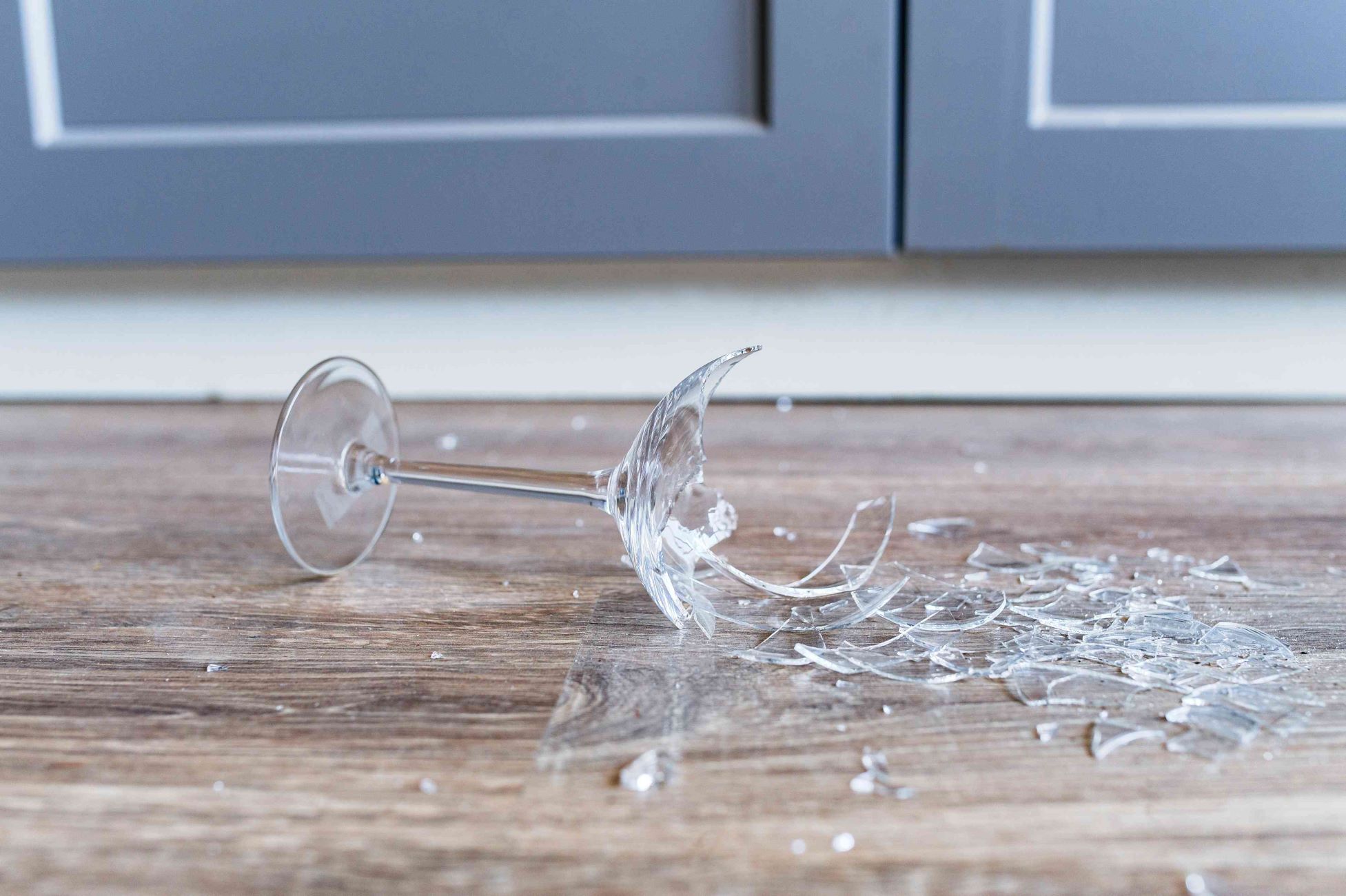


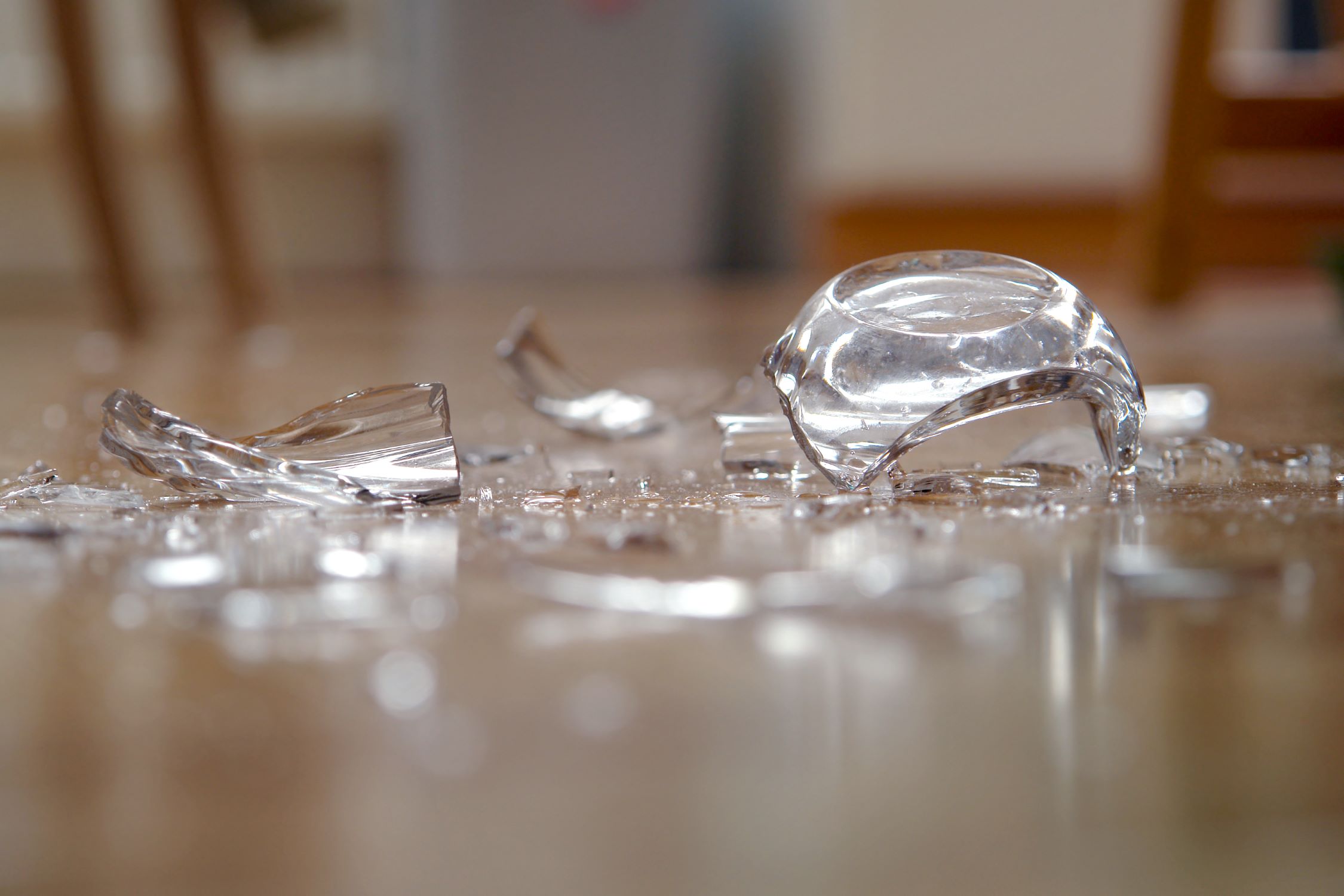

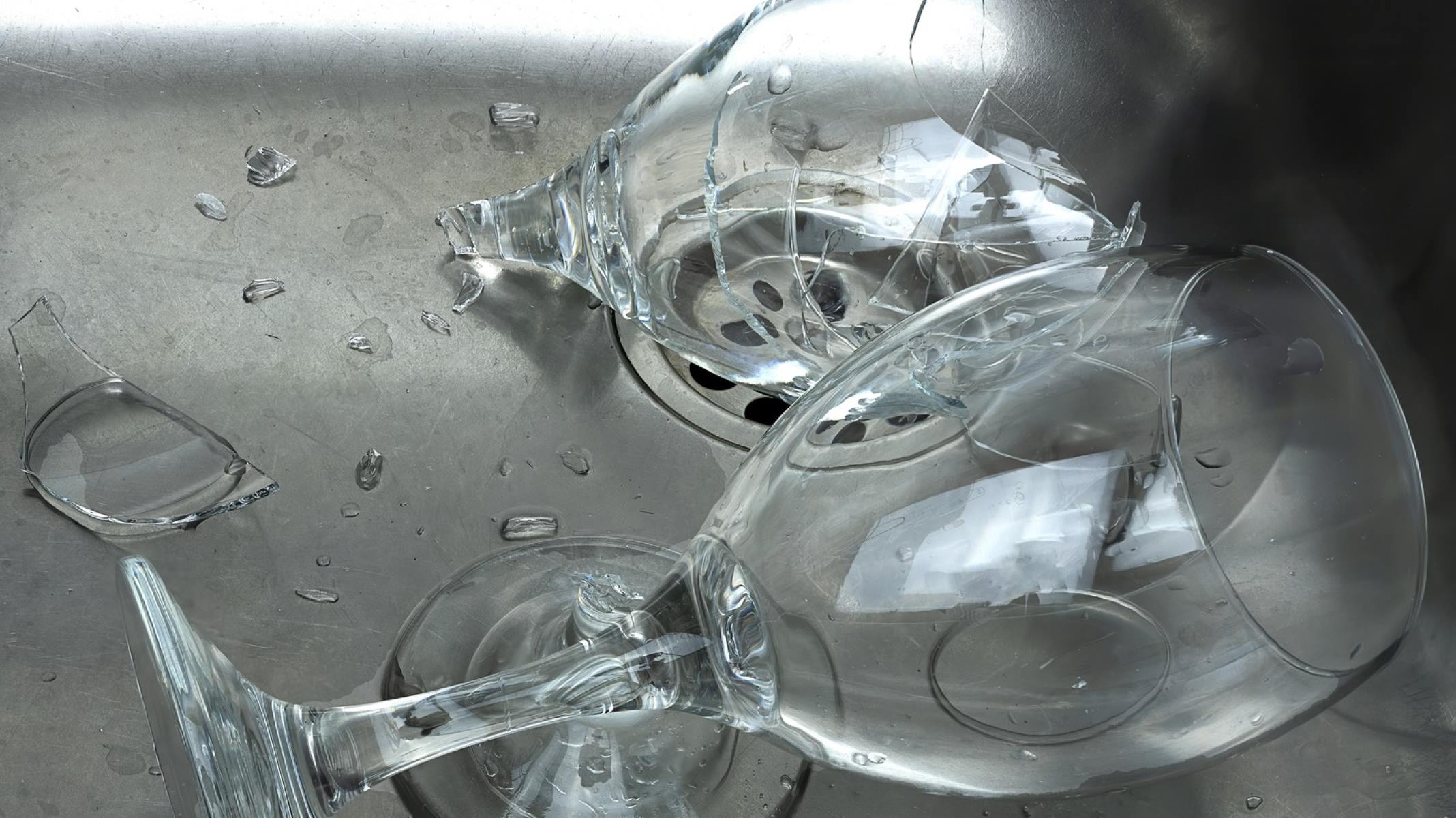
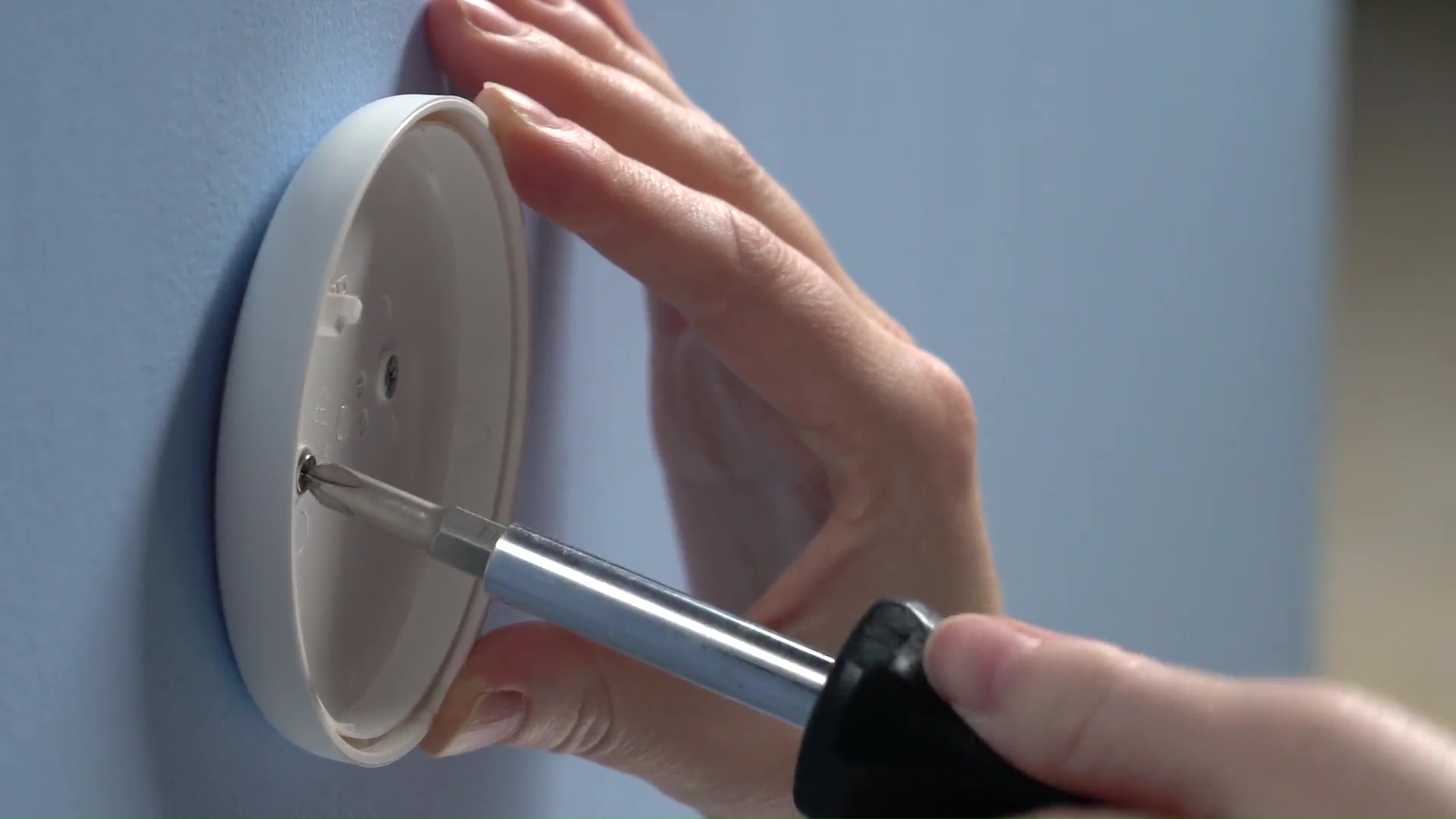
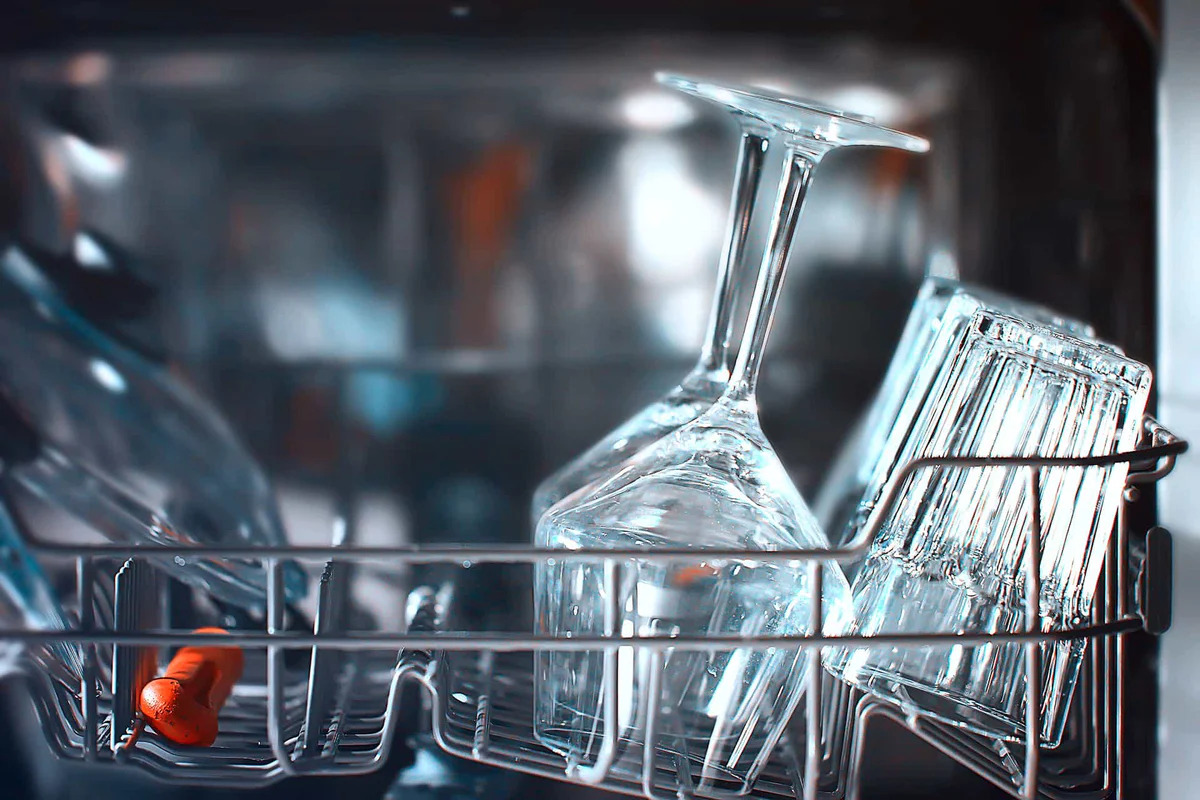
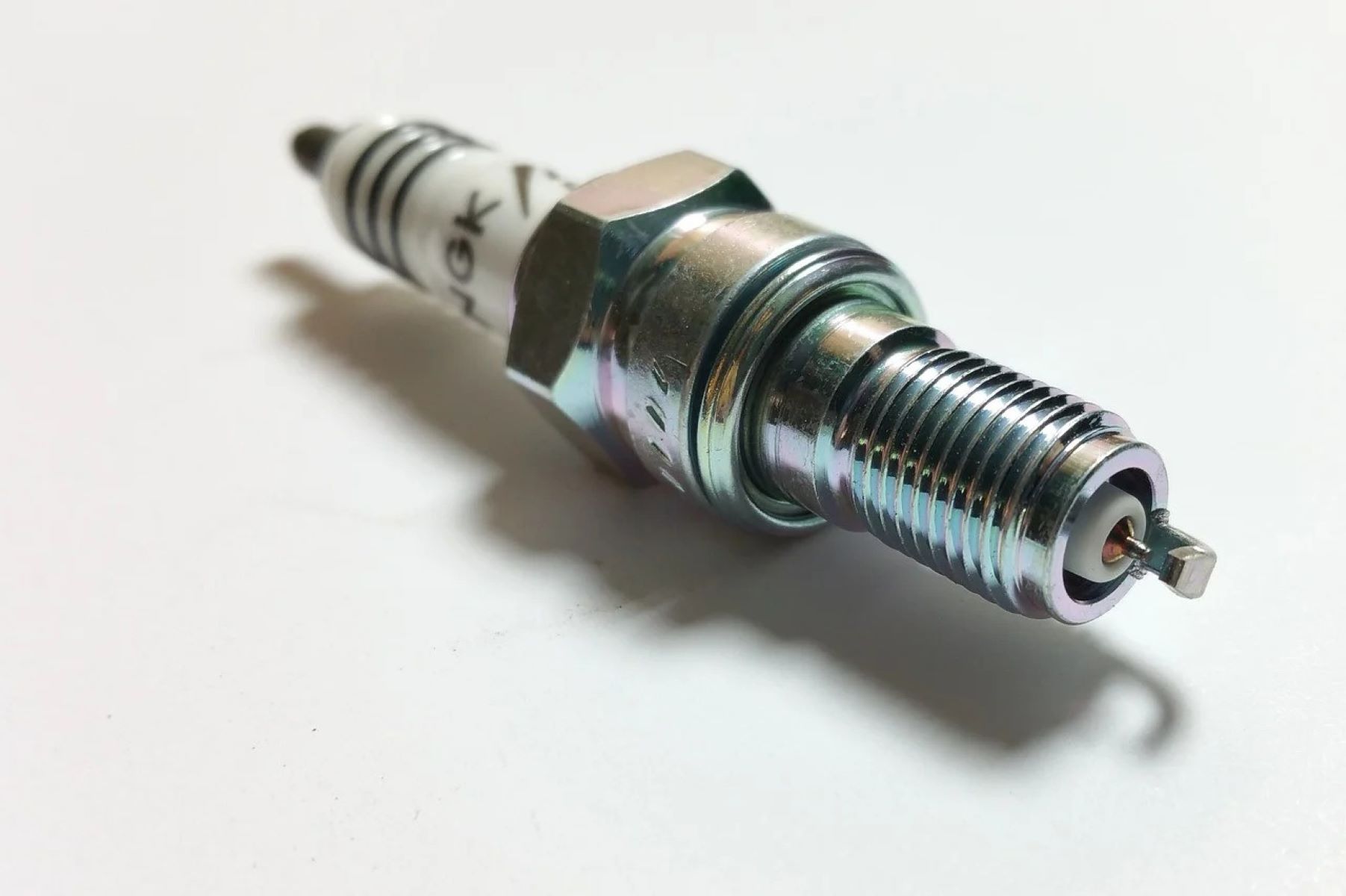
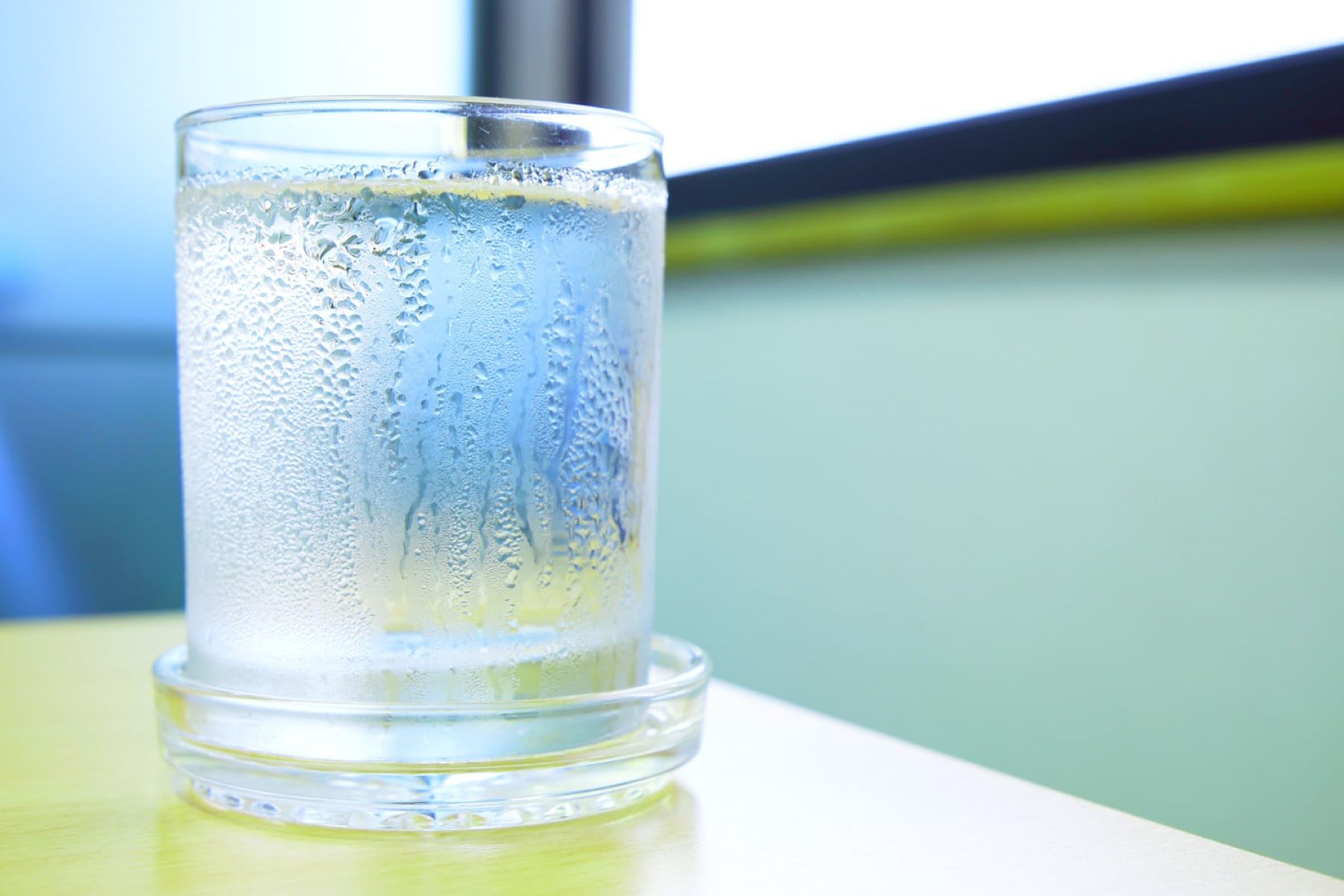


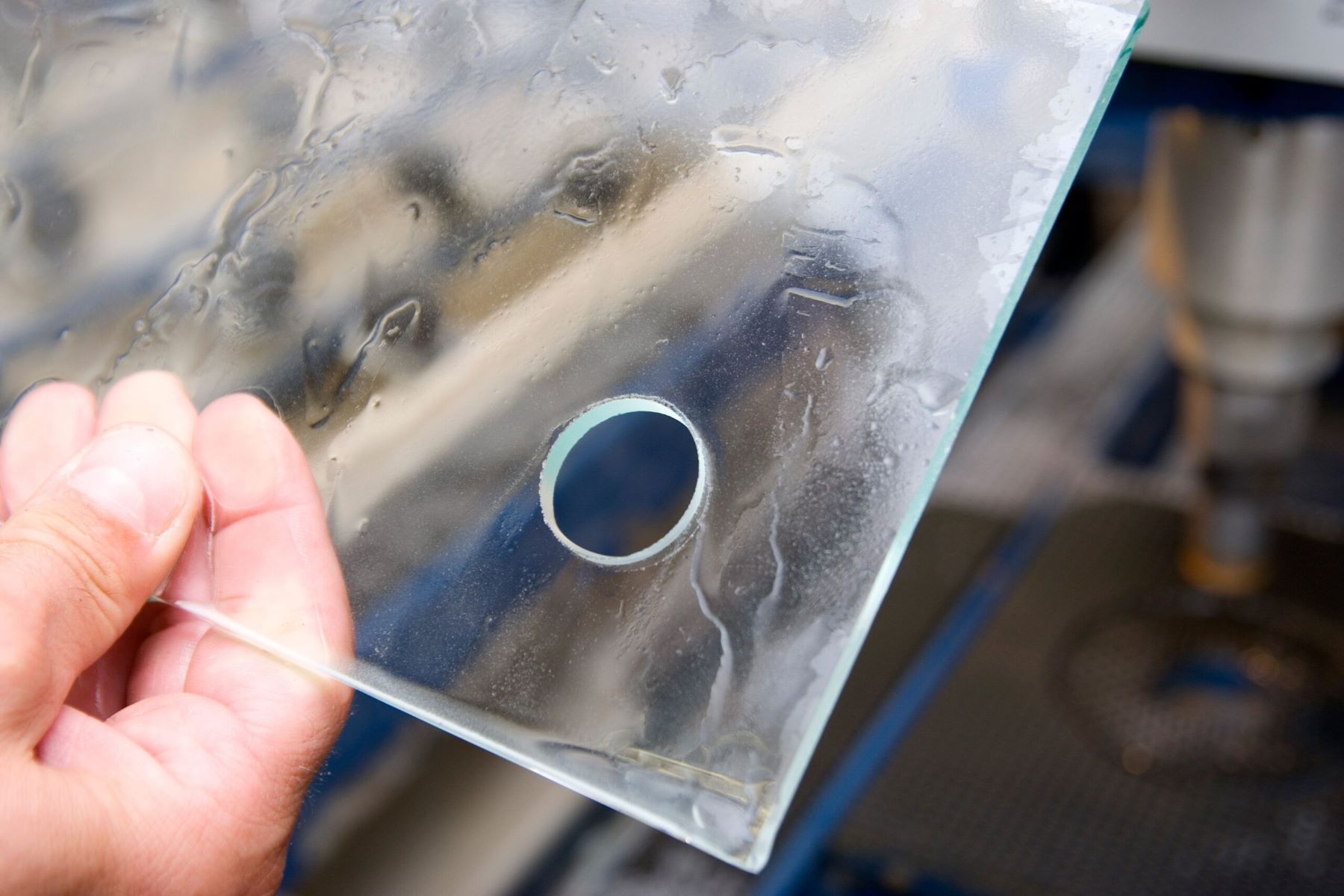


0 thoughts on “Why Do Energy Drinks Break Glass”